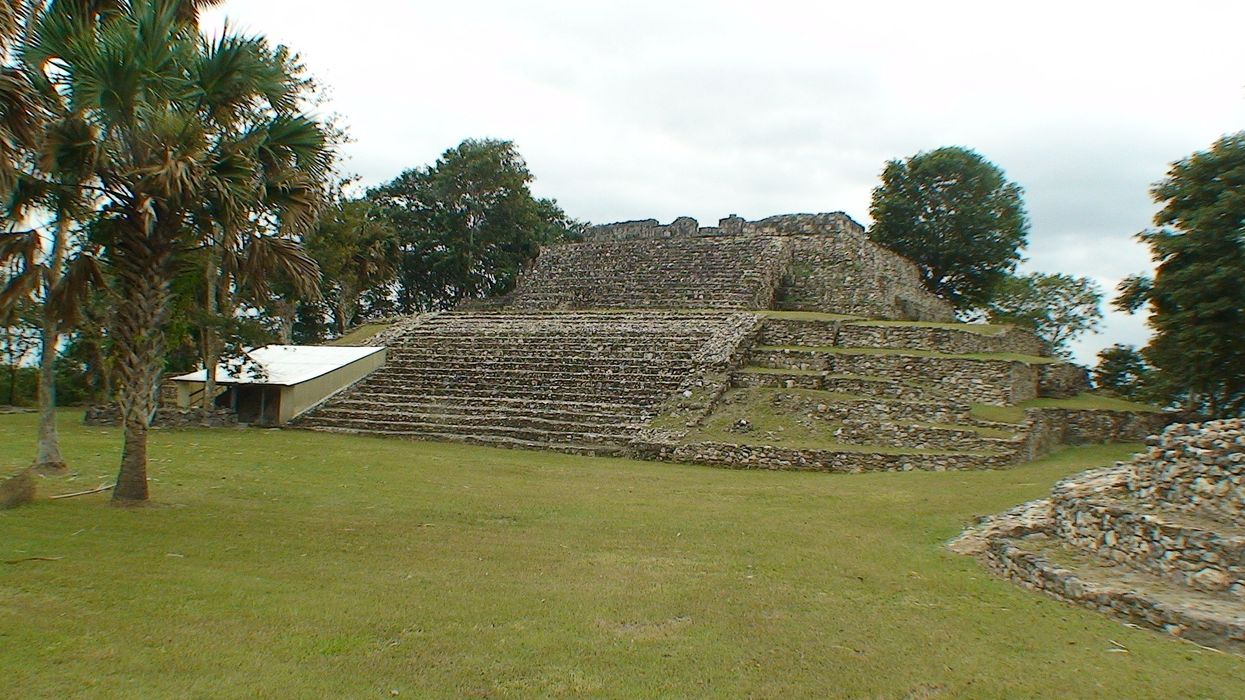Catherine Shuttleworth
Nov 02, 2023

Archaeologists unearth ancient cult relic
Archaeologists have uncovered a structure linked to the cult of Kukulcán, whilst conducting excavations at Itzamkanac, also known as El Tigre.
Itzamkanac was the capital of the Acalán Maya, located in the Mexican state of Campeche.
Excavations conducted by the National Institute of Anthropology and History (INAH) have explored a circular structure which dates from between AD 1000-1200.
The researchers managed to link the structure to the cult of Kukulcán, related to the Aztec wind god, Quetzalcóatl.
The Kukulkan cult marked a significant departure from the boundaries of the traditional linguistics and ethnicity of the Mesoamerican world during the Classic Period.
This religious movement played a key role in fostering communication among socially and ethnically diverse groups with varying backgrounds.
The influence of the cult extended as far as the Guatemalan Highlands, despite its origins being rooted in the ancient city of Chichen Itza, situated in the present-day Mexican state of Yucatán.
In the Paxbolón Maldonado Papers, it is shared that Itzamkanac had temples dedicated to the four main deities of the Postclassic Maya, one of them being Kukulcán.
The researches claimed that the structure corresponds with the period recorded in historical text, a time when Itzamkanac had ties with other regions of Mesoamerica, such as central Mexico, Oaxaca and the Gulf Coast.
Sign up to our free Indy100 weekly newsletter
Have your say in our news democracy. Click the upvote icon at the top of the page to help raise this article through the indy100 rankings.
How to join the indy100's free WhatsApp channel
Top 100
The Conversation (0)













